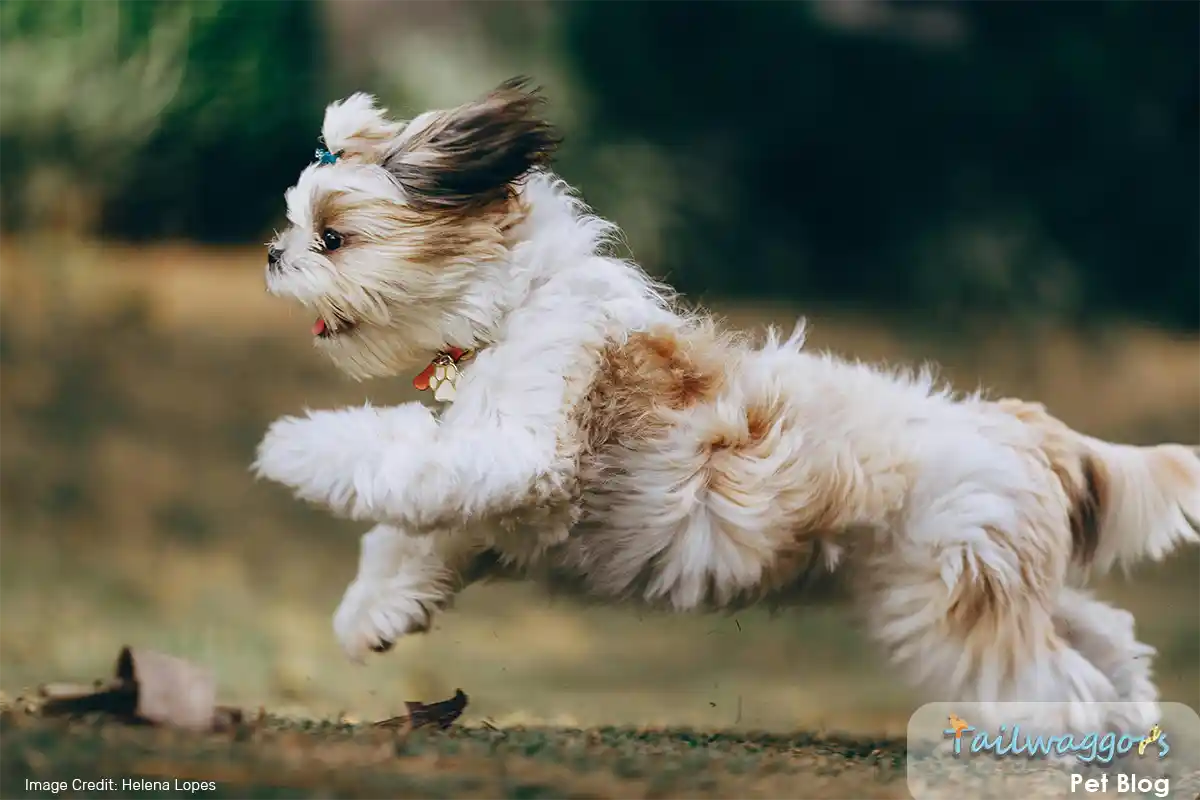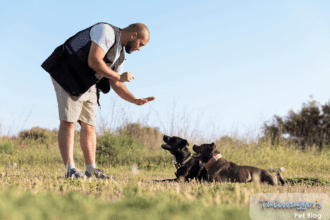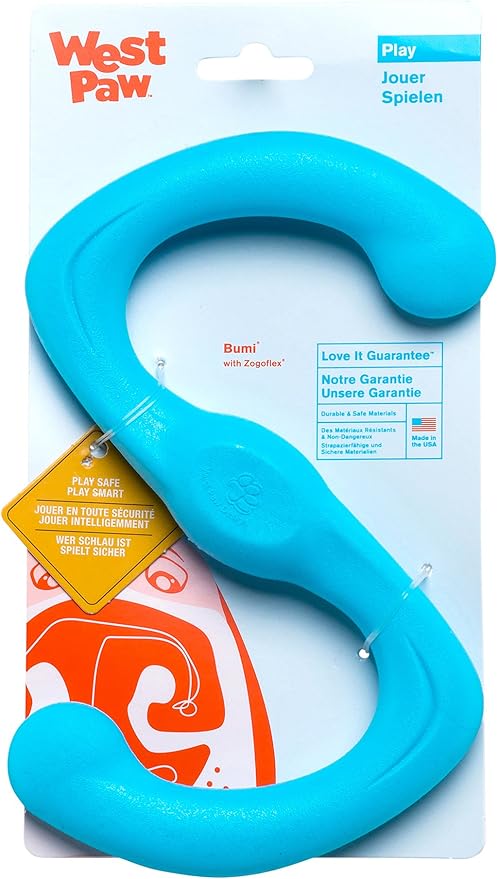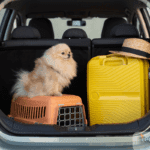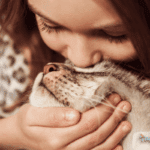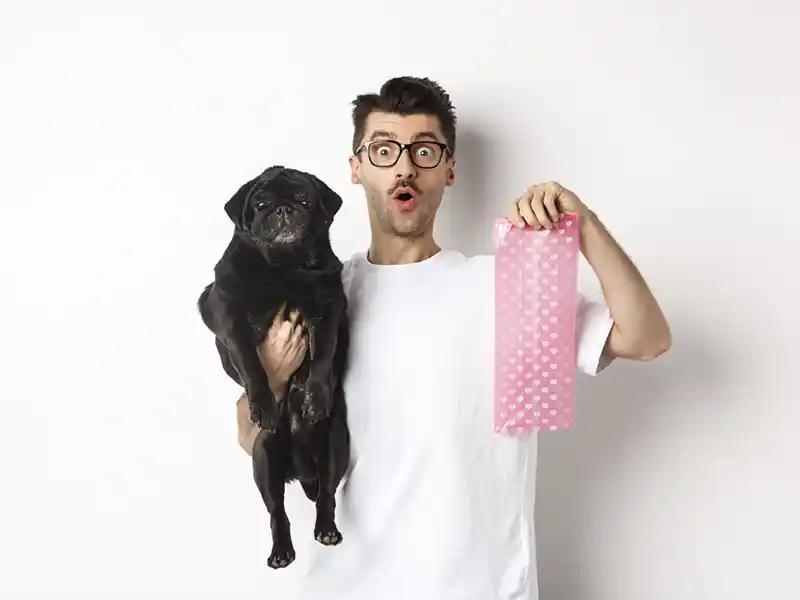Keeping your Shih Tzu healthy and happy doesn’t require marathon training sessions, but finding the right balance of exercise is essential for maintaining their physical and mental well-being. While these beloved companions are known for their affectionate and relatively laid-back nature, they still need regular physical activity to maintain optimal health and prevent behavioral issues.
Whether you’re a new Shih Tzu parent or looking to optimize your furry friend’s routine, this comprehensive guide will answer crucial questions like “How much exercise does a Shih Tzu need?” and provide expert-approved tips to create an exercise routine your dog will love.
Understanding Shih Tzu Exercise Needs
Shih Tzus were historically bred as companion dogs for Chinese royalty, not working dogs, which shapes their exercise needs today. While these small but sturdy companions have moderate energy levels and don’t require intense workouts like sporting breeds, regular physical activity remains crucial to prevent health issues like obesity and unwanted behaviors.
Factors Affecting Exercise Needs
- Brachycephalic Anatomy: Their flat faces can make breathing harder during intense activity.
- Size: At 9-16 pounds, Shih Tzus thrive with low-impact activities.
- Energy Levels: Moderate, not hyperactive; they enjoy short, consistent exercise sessions.
- Indoor Lifestyle: Perfect for smaller homes or apartments.
- Temperature Sensitivity: Easily affected by heat and humidity due to their short muzzles.
They are generally laid-back, individual energy levels can vary. Some Shih Tzus may exhibit higher energy, especially during their younger years.
Want to dive deeper into understanding this charming breed? Check out 📚 ➡️ this ultimate guide about the Shih Tzu breed on everything you need to know about Shih Tzus.
Daily Exercise Requirements for Shih Tzus
Shih Tzus need 20-30 minutes of exercise daily, split into two or three sessions. Puppies and seniors require shorter durations tailored to their developmental or health needs.
| Life Stage | Daily Exercise | Intensity | Sessions |
|---|---|---|---|
| Puppy (2-6 months) | 15-20 minutes | Light | 3-4 short |
| Adult (1-7 years) | 20-30 minutes | Moderate | 2-3 |
| Senior (8+ years) | 15-20 minutes | Light to moderate | 2-3 |
Pro Tip: Use the “5-minute rule” for puppies—allow 5 minutes of exercise per month of age. For seniors, consult your veterinarian to adapt activities if they have joint issues or health concerns.
Signs Your Shih Tzu Needs More Exercise
- Restlessness in the evening
- Destructive behavior
- Excessive barking
- Weight gain
- Attention-seeking behavior
Shih Tzus thrive with regular exercise to maintain their physical health and emotional well-being. Ideally, they should enjoy two walks daily, each lasting 20 to 30 minutes at a brisk but comfortable pace suited to their needs. For busier schedules, at least one walk of 20 minutes is essential to keep your furry friend active and happy.
Recommendation: Tailor your Shih Tzu’s routine to their energy levels and age, ensuring a balance between activity and rest for optimal health.
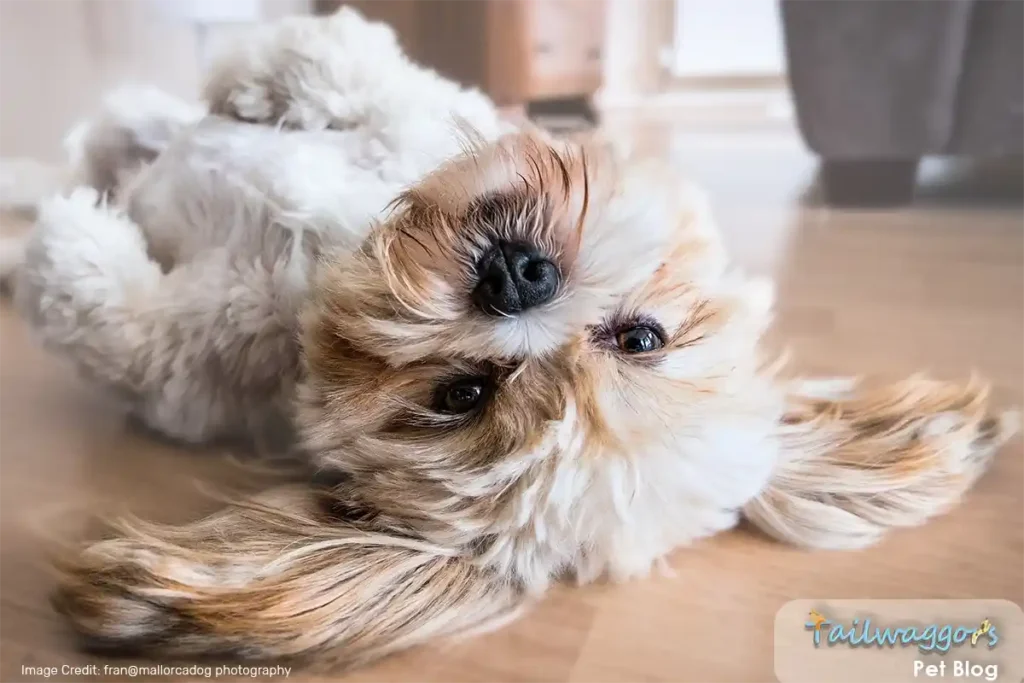
Best Activities for Shih Tzus
Indoor Activities
Indoor Activities: Engaging Your Shih Tzu
Transform your indoor space into a playful paradise with these enriching activities that keep your Shih Tzu physically active and mentally stimulated:
- Puzzle toys with sliding compartments and hidden treats
- Treat-dispensing balls that encourage movement
- Interactive plush toys with squeakers or crinkle elements
- Food-dispensing cubes that make mealtime engaging

- Stimulates problem-solving with sliding and lifting compartments
- Keeps dogs mentally engaged while rewarding with treats
- Durable, easy-to-clean design for extended use

- Durable natural rubber withstands chewing and erratic play
- Stuffable design for extended treat-filled entertainment
- Versatile for fetch, chew, and independent playtime
- Soft indoor fetch using plush toys or lightweight balls
- Gentle tug games with appropriate rope toys
- Rolling toys that encourage controlled chasing
- Mini obstacle courses using pet-safe household items

- Encourages mental stimulation with a fun hide-and-seek design
- Soft plush material is gentle on a Shih Tzu’s small mouth
- Includes squeaky squirrels to keep your dog entertained

- Knotted design satisfies natural instincts and encourages tugging
- Minimal stuffing reduces mess while ensuring durability
- Lightweight balls are perfect for indoor fetch with Shih Tzus
- Hide treats in puzzle mats or snuffle rugs
- Create treasure hunts with favorite toys
- Play hide and seek with family members
- Use treat-dispensing toys in different rooms
Pro Tip: Each activity can be adjusted based on your Shih Tzu’s energy level and interest. Remember to supervise all play sessions and choose size-appropriate toys that won’t pose a choking hazard.
When outdoor adventures aren’t possible, Shih Tzus can still stay active and engaged indoors. Activities like hide and seek, interactive puzzle toys, and gentle games of tug-of-war are excellent for mental stimulation and exercise. These activities not only keep your Shih Tzu entertained but also help strengthen the bond between you and your pet.
Recommendation: Rotate indoor games to keep your Shih Tzu curious and stimulated, ensuring they remain both mentally and physically healthy even on rainy days.
Outdoor Activities
Transform your outdoor time into engaging experiences that balance exercise with your Shih Tzu’s natural energy levels:
Daily Walks (15-20 minutes)
- Schedule walks during morning or evening hours to avoid peak heat
- Maintain a gentle, comfortable pace that suits your dog
- Create regular routes while occasionally introducing new paths for mental stimulation
- Keep walks short but enriching with plenty of sniffing opportunities
Supervised Yard Play (10-15 minutes)
- Gentle fetch sessions with appropriate toys
- Allow natural exploration time in secure areas
- Facilitate calm social interactions with familiar dogs
- Create simple obstacle courses using pet-safe garden elements
Training Through Play (5-10 minutes)
- Practice basic obedience commands in new environments
- Teach new tricks using positive reinforcement
- Introduce beginner agility exercises like weaving or stepping over low barriers
- Use outdoor distractions as training opportunities
Special Activities (Optional)
- Supervised shallow water play for dogs who enjoy it
- Structured visits to small-dog areas in dog parks
- Gentle games in grassy areas
- Short “sniffari” walks focused on exploring new scents
Remember to always monitor your Shih Tzu for signs of fatigue and keep fresh water available during outdoor activities. Their flat faces make them sensitive to heat and overexertion, so prioritize shorter, engaging sessions over lengthy exercise periods.
Outdoor activities are essential for Shih Tzus to explore and burn energy. Leisurely walks, short jogs, and games like fetch in a secure, shaded area are perfect for keeping them physically active. These activities also offer mental stimulation through new sights, sounds, and smells.
Recommendation: Always ensure your Shih Tzu’s outdoor time is safe and enjoyable by exercising during cooler parts of the day and keeping them hydrated. Regular outdoor activities help promote a healthy, happy lifestyle.
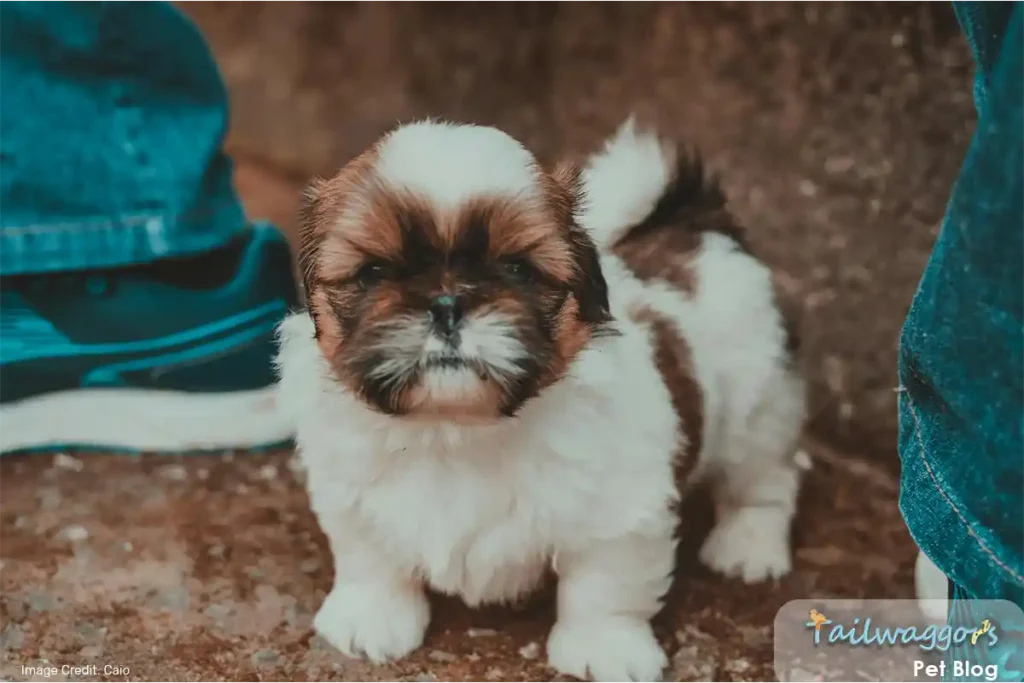
Age-Specific Exercise Guidelines: Tailoring Activity to Your Shih Tzu’s Life Stages
Puppies (8 weeks – 1 year)
- Follow the 5-minute rule: 5 minutes of exercise per month of age
- Break activities into short, engaging play sessions throughout the day
- Prioritize mental stimulation through puppy-safe puzzle toys and basic training
- Focus on gentle socialization opportunities with other vaccinated dogs
- Avoid high-impact activities that could stress developing joints
- Include structured nap times between play sessions
Shih Tzu puppies are energetic but have developing bones and joints. Engage them in short bursts of play lasting 5–10 minutes several times a day. Activities like fetch with soft toys or gentle tug-of-war promote coordination, socialization, and healthy growth.
Adult Dogs (1-7 years)
- Maintain a consistent daily walking schedule
- Balance physical activities with mental enrichment games
- Create opportunities for supervised social play with familiar dogs
- Adjust exercise intensity based on weather conditions
- Mix up activities between indoor and outdoor play
- Include 20-30 minutes of total daily activity spread across sessions
Adult Shih Tzus thrive on regular exercise to maintain their physical and mental health. Aim for two daily walks of 20–30 minutes, complemented by games like fetch or agility training to challenge their stamina and intellect.
Senior Shih Tzus (8+ years)
- Provide shorter, gentler exercise sessions
- Focus on maintaining mobility through low-impact activities
- Incorporate more rest periods between activities
- Emphasize mental stimulation through food puzzles and gentle training
- Watch for signs of fatigue or joint stiffness
- Keep activities predictable and comfortable
Senior Shih Tzus benefit from low-impact activities that accommodate potential joint stiffness or reduced stamina. Opt for shorter, slower walks and gentle indoor play to keep them active without overexertion.
Seniors may also develop behavioral changes that require attention, such as reluctance to exercise or anxiety. Learn how to manage anxiety and keep your dog calm 🐾 ➡️ Understanding Separation Anxiety in Dogs
Adapt your Shih Tzu’s exercise routine as they age, ensuring it aligns with their health and energy levels. Every Shih Tzu is unique, so observe your dog’s behavior and adjust accordingly. Monitor for signs of fatigue or discomfort, and consult your veterinarian for personalized recommendations, especially during life stage transitions or if you notice changes in mobility or energy levels.
Shih Tzu Nutrition Management
Proper nutrition plays a vital role in supporting your Shih Tzu’s exercise routine and energy levels. A balanced diet tailored to their age and activity level helps maintain healthy weight, supports joint health, and provides the energy needed for daily activities.
Overweight Shih Tzus may struggle with exercise and face increased risks of joint problems, while undernourished dogs might lack the stamina for regular activity.
For comprehensive guidance on nutrition and weight management for your Shih Tzu, check out our complete 🍎 ➡️ Diet Guide: Preventing Obesity and Maintaining Health in Shih Tzus. The right combination of diet and exercise will help keep your furry friend healthy and energetic throughout all life stages.
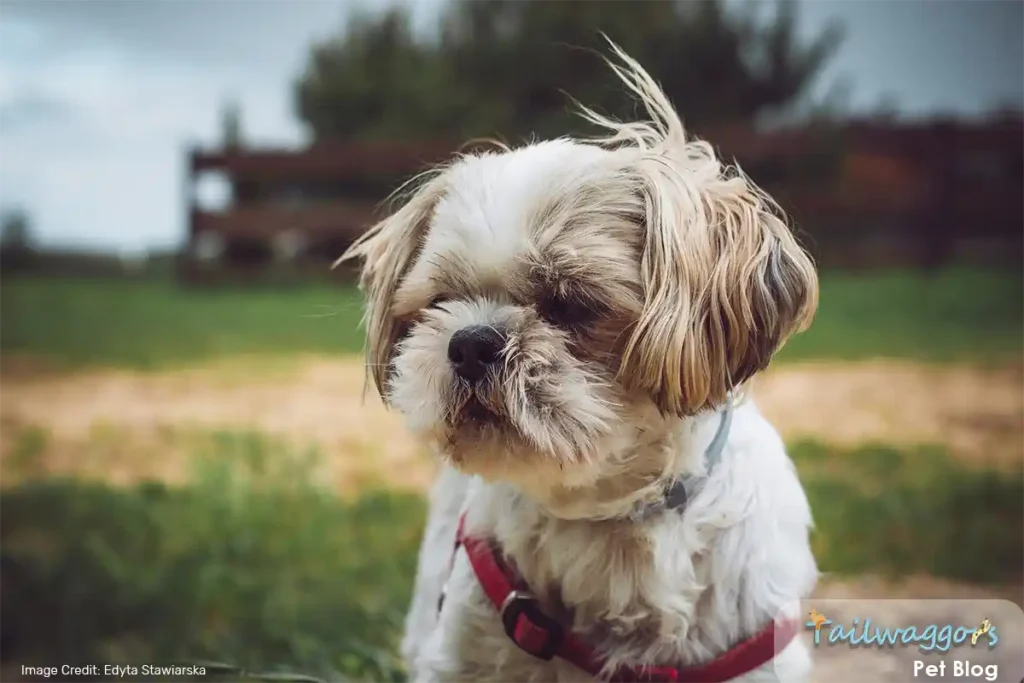
Exercise Safety and Precautions: Protecting Your Shih Tzu During Activity
Weather Guidelines
- Avoid exercise when temperatures exceed 80°F (27°C)
- Limit activity during high humidity
- Test pavement temperature with your hand before walks
- Schedule activities during cooler hours (early morning/evening)
- Provide appropriate winter protection (sweaters, booties)
- Switch to indoor activities during extreme weather
Given their brachycephalic (short-nosed) anatomy, Shih Tzus are prone to overheating and breathing difficulties. We recommend exercising during cooler parts of the day and monitoring for signs of respiratory distress.
Warning Signs of Overexertion
- Excessive panting or labored breathing
- Struggling to keep pace during walks
- Reluctance to continue moving
- Signs of limping or joint stiffness
- Unusual fatigue or lethargy after exercise
- Changes in gait or mobility
Special Health Considerations
- Monitor breathing carefully due to flat face (brachycephalic) anatomy
- Watch for signs of heart or respiratory stress
- Prioritize activities that support joint health
- Maintain regular veterinary check-ups
- Adjust exercise based on individual health needs
- Consider potential breed-specific limitations
Hydration and Rest
- Always bring water and a portable bowl during activities
- Offer frequent water breaks, especially in warm weather
- Allow rest periods between exercise sessions
- Monitor water intake before and after activity
- Provide cool-down time after exercise
- Ensure access to shaded rest areas during outdoor play
Shih Tzus have unique physical characteristics, such as their brachycephalic (short-nosed) anatomy, which require special attention during exercise. Monitor their overall health during exercise, including their eyes for any irritation or discharge. Find out how to prevent and treat tear stains in Shih Tzus 👀 ➡️ Shih Tzu Tear Stains Guide
Always prioritize safety over activity goals by monitoring for signs of overheating or respiratory distress. Consult your veterinarian for tailored precautions based on your dog’s individual health status and needs.
Creating an Exercise Routine
- 10-minute gentle walk to start the day
- 5 minutes of engaging indoor play
- Quick potty breaks as needed
- Mental stimulation through breakfast puzzle toys
- 10-minute training session or puzzle toy play
- Short outdoor exploration (weather permitting)
- Indoor fetch or hide-and-seek games
- Structured rest periods between activities
- 10-minute relaxed evening walk
- Gentle indoor play session
- Calm bonding activities before bedtime
- Final potty break with light activity
- Schedule walks for early morning or late evening
- Keep outdoor sessions brief
- Increase indoor play during peak heat
- Focus on mental stimulation during hot afternoons
- Dress appropriately with protective gear
- Shorter but more frequent outdoor sessions
- Expand indoor exercise options
- Monitor comfort level in cold conditions
- Take advantage of moderate temperatures
- Extend outdoor play sessions
- Include more variety in activities
- Balance indoor and outdoor time
- Increase puzzle toy sessions
- Create indoor obstacle courses
- Practice training exercises
- Use interactive toys for movement
A structured yet flexible exercise routine is vital for keeping your Shih Tzu healthy and happy. Start the day with a 10-minute gentle walk and engaging indoor play, followed by mental stimulation with puzzle toys. Midday activities can include training sessions, short outdoor explorations, and interactive games like fetch. In the evening, wind down with a relaxed 10-minute walk and calm bonding activities.
Adapt the routine for different seasons: keep outdoor sessions brief during summer heat, use protective gear and shorter walks in winter, and take advantage of moderate weather in spring and fall. On rainy days, focus on indoor activities like puzzle toys, obstacle courses, and training exercises.
The key is to balance consistency with flexibility, tailoring activities to your Shih Tzu’s age, energy level, and health needs.
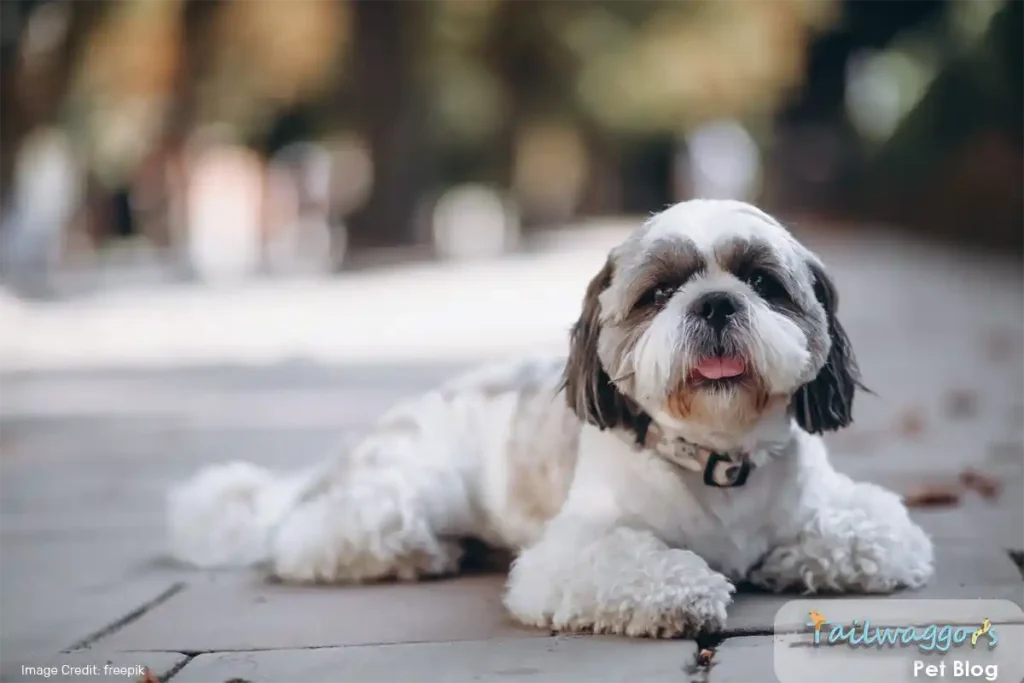
Exercise Success Tips
- Begin with shorter activity sessions and gradually increase duration
- Watch your dog’s response to new exercises
- Adjust intensity based on individual energy levels
- Document what activities your Shih Tzu enjoys most
- Keep a simple exercise log to track progress
- Notice patterns in your dog’s energy and enthusiasm
- Establish set exercise times that align with your daily schedule
- Develop a reliable routine that your dog can anticipate
- Prepare indoor activity alternatives for weather disruptions
- Keep exercise gear organized and easily accessible
- Set reminders for activity times if needed
- Plan ahead for schedule changes
- Rotate between different types of activities to maintain interest
- Include opportunities for safe social interaction with other dogs
- Use positive reinforcement and rewards during exercise
- Incorporate favorite toys into activity sessions
- Make training sessions feel like play
- Celebrate small achievements and progress
- Schedule regular veterinary check-ups
- Track weight and body condition
- Monitor joint mobility and flexibility
- Watch for changes in exercise tolerance
- Maintain appropriate nutrition to support activity
- Address any health concerns promptly
To make exercise enjoyable and effective for your Shih Tzu, start by building a solid foundation. Begin with short sessions, gradually increasing duration while monitoring your dog’s response to new activities. Document their favorite exercises and keep a simple exercise log to track patterns in energy levels and progress.
Consistency is key—establish set times for exercise and develop a routine your dog can rely on. Plan indoor alternatives for bad weather and keep gear organized for easy access. Make exercise fun by rotating activities, incorporating favorite toys, and using positive reinforcement like treats and praise. Social interactions with other dogs and play-based training sessions also add variety and excitement.
Regular health monitoring ensures your Shih Tzu stays fit and safe. Schedule veterinary check-ups, track weight and body condition, and watch for changes in mobility or exercise tolerance. Pair physical activities with appropriate nutrition to support their energy needs. Promptly address any health concerns with your veterinarian to keep your Shih Tzu thriving.
By combining variety, consistency, and health-conscious practices, exercise time becomes an enjoyable and beneficial part of your Shih Tzu’s daily routine.
When to Consult a Veterinarian
- Sudden decrease in exercise tolerance or stamina
- Difficulty keeping up during regular activities
- Unusual exhaustion after normal play sessions
- Changes in activity level or enthusiasm
- Reluctance to engage in favorite games
- Unexpected changes in exercise recovery time
- Persistent coughing during or after activity
- Labored breathing during mild exercise
- Excessive panting that doesn’t resolve with rest
- Unusual respiratory sounds or wheezing
- Struggles with normal activity level
- Signs of respiratory distress
- Joint pain or stiffness, especially after exercise
- Limping that lasts more than a day
- Difficulty getting up or lying down
- Changes in gait or movement patterns
- Reluctance to use stairs or jump
- Signs of discomfort during normal activities
- Collapse or extreme weakness during exercise
- Blue or pale gums during activity
- Severe coughing or choking episodes
- Signs of heat exhaustion or heat stroke
- Sudden lameness or inability to bear weight
- Extreme lethargy or unresponsiveness
Regular veterinary check-ups are essential to assess your Shih Tzu’s fitness level and tailor their exercise routine to their unique health needs. Be proactive in recognizing signs that may require veterinary attention, such as a sudden decrease in stamina, difficulty recovering from exercise, or changes in enthusiasm for activities. Monitor for breathing issues like persistent coughing, labored breathing, or excessive panting during mild activity, as these could signal underlying health concerns.
Pay close attention to mobility concerns, including joint pain, stiffness, limping, or reluctance to climb stairs or jump, which might indicate discomfort or arthritis. Emergency warning signs, such as collapse, blue or pale gums, or heat exhaustion, require immediate veterinary intervention.
Recommendation: Early intervention is key to maintaining your Shih Tzu’s health and exercise ability. If you notice any unusual behavior or symptoms, consult your veterinarian promptly. Their expertise will ensure your pet receives the care and guidance needed for a happy, active life.
Conclusion: Finding the Right Balance for Your Shih Tzu’s Exercise
Exercising your Shih Tzu is about achieving the right balance. While they don’t require extensive exercise like larger breeds, regular moderate activity is essential for their physical health, mental stimulation, and overall happiness. Start with 20–30 minutes of daily exercise, divided into manageable sessions, and adjust based on your Shih Tzu’s age, health, and energy levels.
Every Shih Tzu is unique, so closely observe your pet’s behavior and signals to ensure their routine meets their individual needs. Regular veterinary check-ups are crucial for assessing fitness levels and tailoring exercise plans to your dog’s health. When in doubt, consult your veterinarian to create a personalized routine that supports your Shih Tzu’s long-term well-being.
With consistency, flexibility, and attention to your dog’s needs, you can help your Shih Tzu stay active, healthy, and happy throughout their life. For a deeper dive into all things Shih Tzu, check out this ultimate guide 📚 ➡️ Your Ultimate Guide to Shih Tzu Dogs
🐾 Love Shih Tzus as much as we do? 🐶
Share this guide with your fellow dog lovers and let them discover everything they need to know about keeping their Shih Tzu happy and healthy.
💌
Shih Tzu Exercise: Frequently Asked Questions
Most Shih Tzus benefit from 2-3 short walks daily, typically 10-15 minutes each. This can be adjusted based on your dog’s age, health, and energy level. The key is consistency rather than length.
Choose soft surfaces like grass or carpeted trails for walking to protect your Shih Tzu’s joints, especially important for puppies and seniors.
While dog parks can be suitable for some Shih Tzus, it’s best to stick to small-dog areas and always supervise closely. Due to their small size and brachycephalic (flat-faced) structure, they are more vulnerable to injuries and overheating, especially when playing with larger or more energetic breeds.
Ensure your Shih Tzu has mastered recall commands before allowing off-leash play. Visit dog parks during quieter hours, monitor interactions with other dogs, and limit playtime in warm weather to prevent overheating.
Wait at least 30 minutes after meals before exercising your Shih Tzu. While Shih Tzus aren’t prone to bloat like larger breeds, allowing time for digestion prevents discomfort and potential stomach upset.
Plan meal times around your exercise schedule, ensuring your dog has time to properly digest before activity. Keep water available but limit large amounts right before exercise.
A well-exercised Shih Tzu should be calm and content at home, maintain a healthy weight, and sleep well at night. Signs of insufficient exercise include destructive behavior, excessive barking, or restlessness.
Keep a simple exercise log to track activity levels and monitor your Shih Tzu’s behavior and weight. Consult your veterinarian to establish ideal exercise goals.
While some Shih Tzus enjoy water, they’re not natural swimmers. If introducing swimming, use a doggy life jacket, supervise closely, and start in shallow water. Never force them if they show reluctance.
Only attempt swimming in controlled environments with clean, calm water. Be mindful of their brachycephalic (flat-faced) nature, which can make breathing during water activities more challenging.
Hair length doesn’t significantly impact exercise needs, but dogs with longer coats may overheat more quickly in warm weather. Adjust exercise timing and duration accordingly, and ensure proper grooming after activity.
Maintain a consistent grooming schedule regardless of coat length. Check for and remove any debris after outdoor activities, and pay special attention to paw pads.
- Interactive puzzle toys
- Indoor fetch with soft toys
- Hide-and-seek games
- Basic obedience training
- Gentle stair climbing (supervised)
- Supervised treadmill walking (if trained)
Rotate between different activities to maintain interest. Create designated indoor play areas with non-slip surfaces to prevent injuries.
- Focus on gentle, low-impact activities
- Take shorter but more frequent walks
- Use carpet or grass surfaces
- Consider hydrotherapy if recommended by your vet
- Incorporate more mental stimulation activities
Work with your veterinarian to develop an exercise plan that includes joint supplements and pain management strategies. Invest in orthopedic bedding for proper rest between activities.


